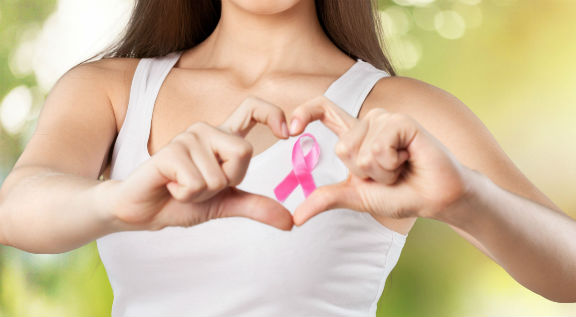Do you have a blue vein in your breast? If so, it may be nothing but a cosmetic problem. In most of the cases are harmless and tend to fade by themselves. Sometimes, however, blue veins in breasts can indicate the presence of an underlying medical condition. It is normal for you to worry if you notice a blue vein in your breasts that does not fade on its own, or which tends to get even worse. For your peace of mind, you should get a medical check – up from a professional healthcare giver.
Blue veins in the legs are common but the same can happen with the breasts as well. Of course, blue veins on the breasts are a lot more alarming to a woman, and therefore there is a greater need to understand what may be causing them and how to get right blue veins with aesthetic procedures ( Read More: cosmetic gynecology | vaginal rejuvenation). It can be quite visible on lighter-skinned women, and depending on the extent, can affect the woman’s image.
This phenomenon is actually quite common, and that’s because there are numerous possible causes for it. Don’t worry you are not alone! Here are some of the most common causes of blue veins in breasts:
Blue Veins on Breasts During Pregnancy
During pregnancy, and especially in the early stages, there is an increased blood flow to the breasts that is intended to nourish the baby with breast milk once they are born ( Read more: Breast Milk: When Does It Come In?). This increased blood flow can cause the veins in the breasts to become enlarged, making them visible. This is a very common cause for blue veins in the breasts, and most women experience this change during pregnancy.
Exercise Causes Blue Veins on Breasts?
Any form of physical activity means that the muscles need an increased amount of oxygen and blood then normally. Unfortunately, the body cannot limit the supply of blood only to a specific part of the body, so the entire body gets an increased blood flow. Besides increased blood flow, blood vessels start to dilate in order to allow more heat to be dissipated and cool the body down.
Both of these biological effects can cause blood vessels in the breasts, too, to become enlarged. This effect is usually temporary, and the blue veins should disappear within a few hours. If the state lasts for longer than that, then there may be a different cause and require blue veins treatment.
The process of breast enlargement involves inserting silicone gel breast implants. These implants are inserted ahead of the chest wall, and that pushes the fatty tissue and blood vessels in the breasts outwards. This can cause blue veins to appear on the breasts because of the pressure on the veins.
How Hormonal Changes and Weight Gain Can Affect Women Body
A similar effect can be experienced during puberty by girls when their breasts are just beginning to develop. In addition, wearing tight undergarments also causes a strain to the veins in your breasts, and that may lead to the visible blue veins (Read also: Your First Period).
Being overweight can often cause blue veins across your breasts. This is due to more fatty tissue being deposited on the breasts. As a result, this fat pushes against the veins in the breast, causing them to become more prominent.
Reports of blue veins on the breasts are common during a woman’s periods because of the hormonal imbalance during the time.
Some people, despite lacking any of the above possible causes, may still experience blue veins on their breasts. The condition has also been linked to genetics, so you may not be able to get any blue veins treatment.
OB-GYN Aesthetic Procedures and Blue Veins Treatment
Despite the impact of blue veins on the breasts to the person’s image, it is usually just a cosmetic problem. It is important to keep in mind that the body goes through various changes in life and that this is just one of them. However, it is still important to see a doctor about the problem, especially if it persists for a long time.
As mentioned before, you should first get medical help and a detailed check-up in order to determine the real cause of these blue veins ( Read more: Mammography | OBGYN services ). Once the cause is determined, there are different blue veins treatment that will help you get rid of these veins in your breasts.
Self – tanning creams when applied daily will help you get a tan so the blue veins are no longer so prominent and visible.
How to Get Rid of Veins on Breasts?
Moisturizers enriched with vitamin K when applied daily on your skin will protect and nourish it. It is well known that vitamin K is very important for the production process of collagen, which is one of the most important compounds of our skin.
By wearing the right sized bra, you will help eliminate the blue veins by avoiding the gravitational pull of blood. If you wear a right sized bra, your breasts will have the necessary support, which means that the blood flow will not be affected by the gravity.
Sclerotherapy is another method of aesthetic procedures. It consists in injecting some sclerosing fluid in the bulging blue veins in the breasts with the help of some very fine needles. Within a few weeks after sclerotherapy the veins will fade away as first the inflammation within the internal walls of the veins will occur, followed by their collapse.



Recent Comments